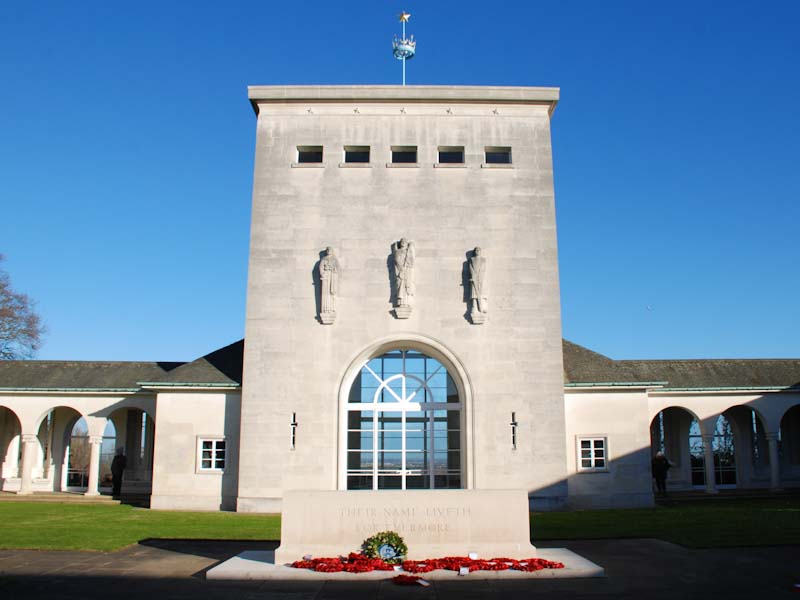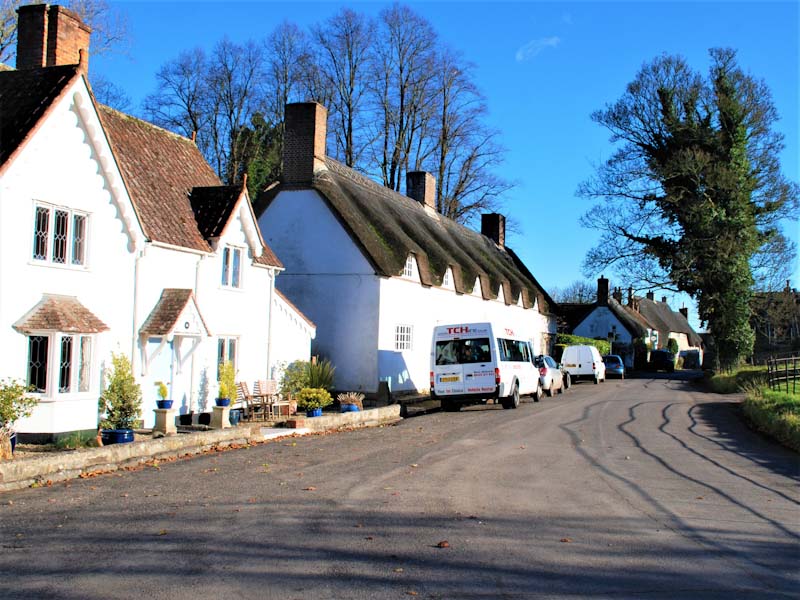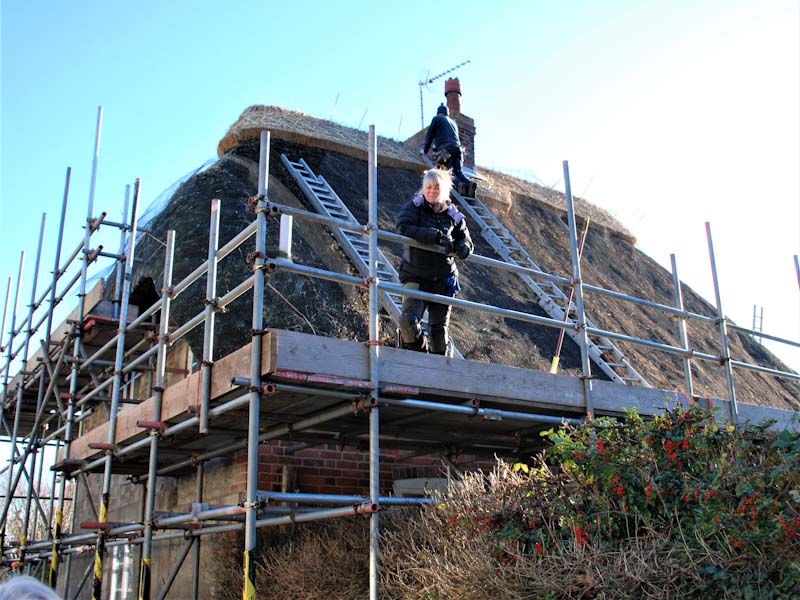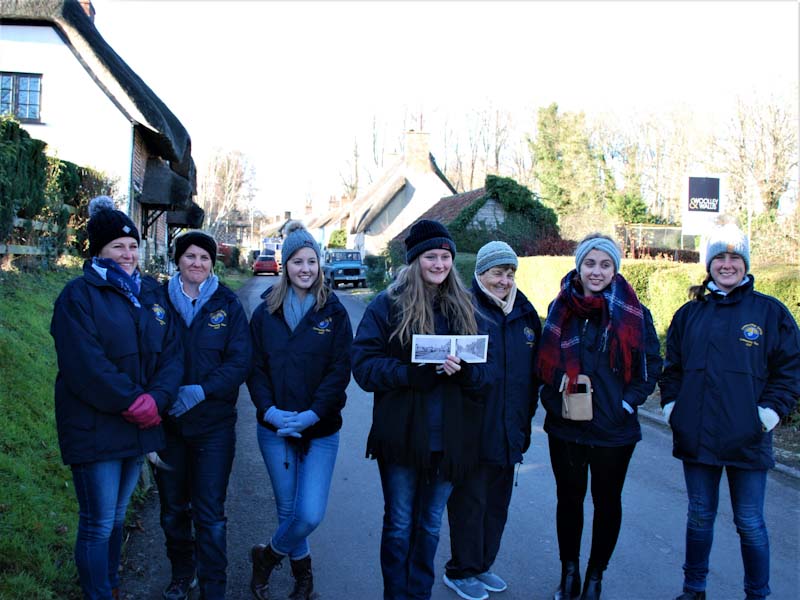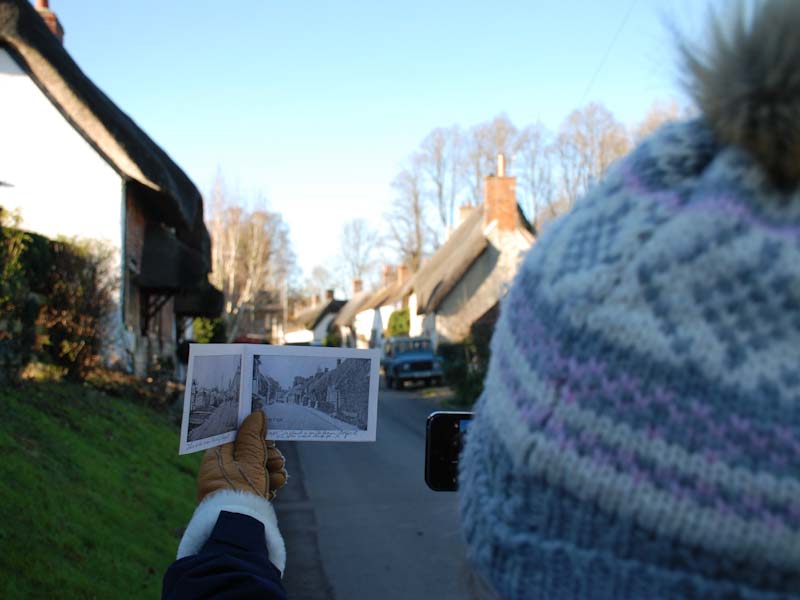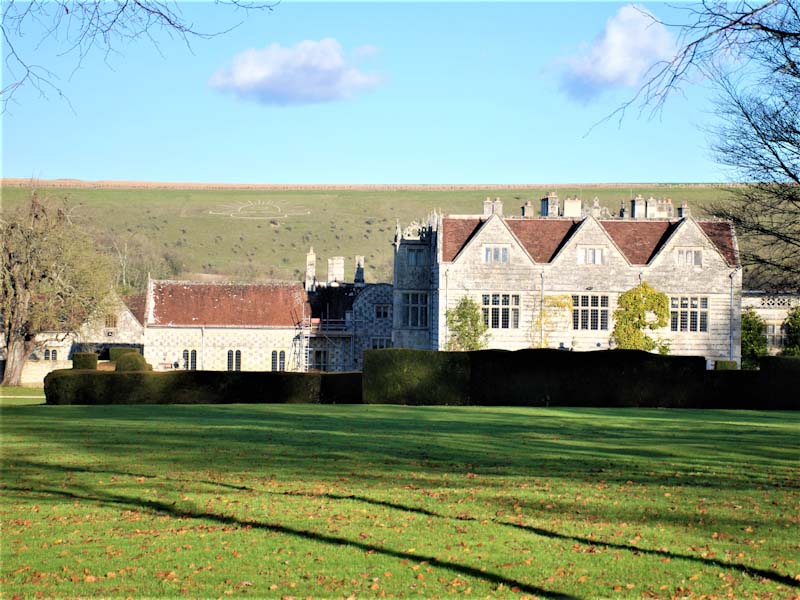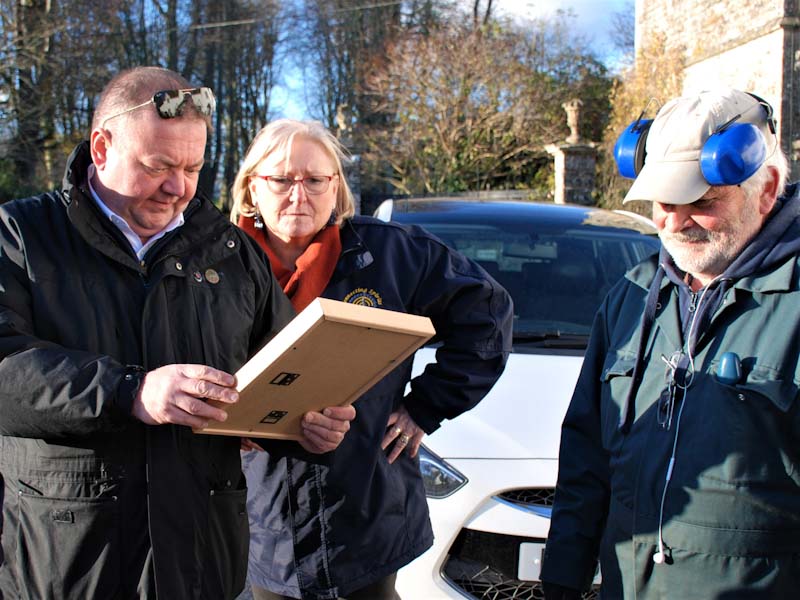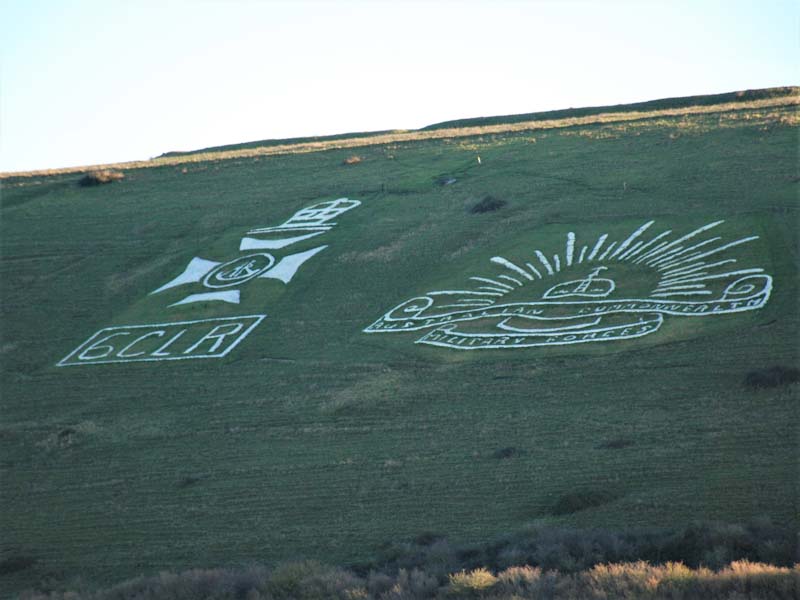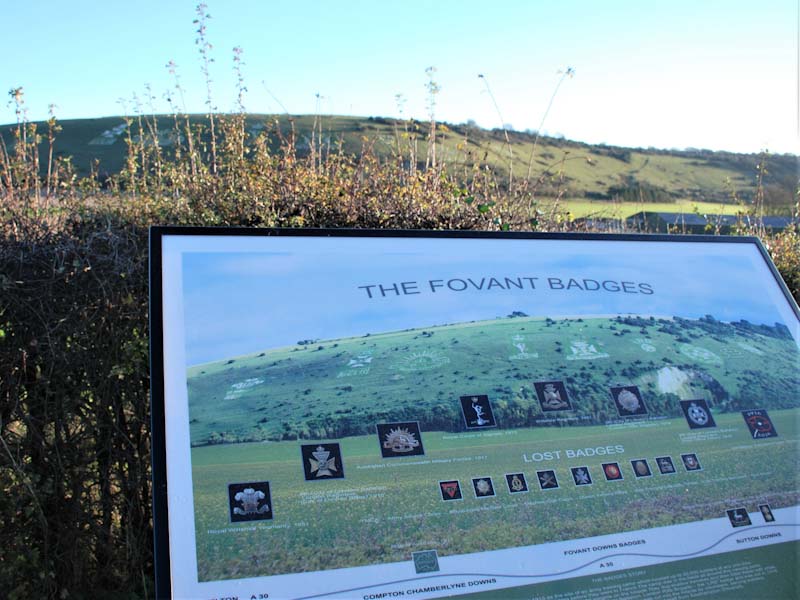November 30
Day 4 London to Salisbury
Today we made our way to the Salisbury Plain area of southern England. During the First World War, this area hosted many training camps, hospitals and other facilities used by the armed forces. As a result many Australian soldiers came here, either as part of their final training before heading to the Western Front, or were sent from the front to recover from wounds or illness. Others came to the area for specialist training before returning to their units. Once the war ended, thousands waited in the area for a ship to take them home to Australia. For some this was almost 12 months, and for a significant number, due to the impact of the Spanish Flu, that ship didn’t come soon enough. Many of these men are buried in churchyards around the region with death dates in late 1918 and into 1919. Having survived the war they succumbed to a tiny virus that wiped out more lives, in just over a year, then 4 years of war could.
Our first stop for the day was the Runnymede Memorial also known as the Air Forces Memorial. This memorial contains the names of 20288 Air Force personnel who were killed over Western Europe and who have no known grave. It is a beautiful structure that overlooks the Thames, with views to Windsor Castle and Heathrow Airport. Jo commemorated her father’s cousin, Herbert Kay. Herbert was a Wireless Operator / Air Gunner who was lost over Western France on February 28th 1943, but as he has a known grave in France, his name is not on the walls of this memorial. Never the less this proved to a very appropriate place to remember his sacrifice, and the loss that his family felt as a result.
From here we travelled through the beautiful country side of Surrey, Hampshire and Wiltshire to the tiny village of Stockton. This was very near a number of camps and soldiers writing home, including Julie’s Uncle Marty, told of marching through villages such as these. Julie has photo postcards sent by her uncle showing this village, and in the 100 years since they were sent very little has changed. As we walked down the only street in the village we came across a thatcher who was re-capping the roof of one of the cottages. She gave us an insight in to what it takes to maintain these houses and the cost of having such an attractive feature on your roof.
Stockton House is the manor house of the area, and was used during the war as a convalescent hospital for officers. We bumped in to the grounds keeper and told him about what we were doing in the village. He went back and brought out his collection of badges and other paraphernalia that he had found with his metal detector around the grounds of the house. There were badges from all over the world among his collection. He even got the owner’s permission for us to sneak on to the grounds to get a better view of the house.
Our last stop of the day was at the Regimental Badges of Fovant. Soldiers stationed around here carved their regimental badges into the chalky hills and then filled them with chalk so that they could be seen for kilometres. There are 9 badges that are still clearly visible including the Australian Rising Sun, but another 9 have been lost. Those that can still be seen are maintained by local volunteers, who are sometimes assisted by servicemen stationed nearby. There is another Rising Sun carved into the chalk just across the valley from Stockton at Codford.
From here we made our way to Amesbury where we stopped at the house where Paul, Julie’s husband, spent his first few years of life. This is just a few kilometres away from the hotel where we have stayed on every trip since 2010. And that is where we spent the night.
